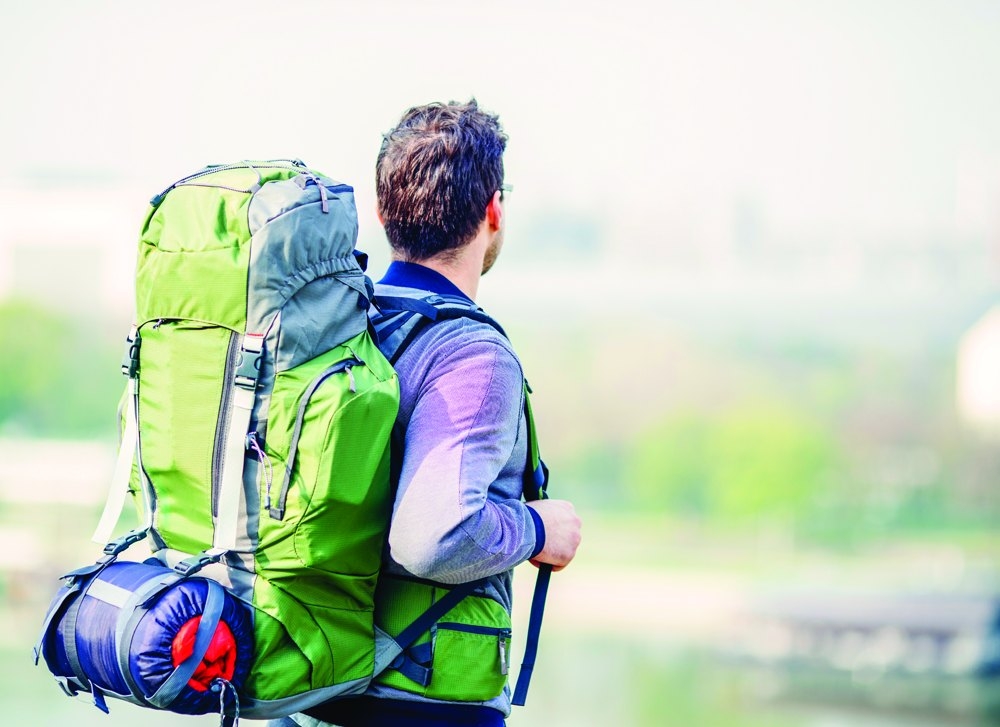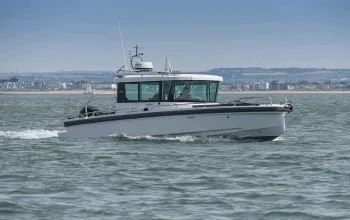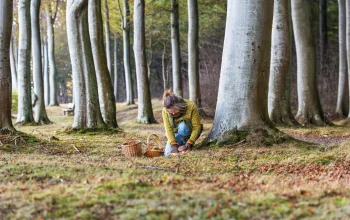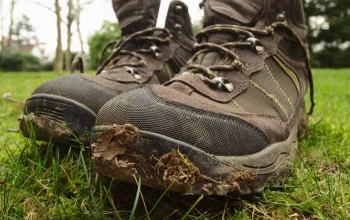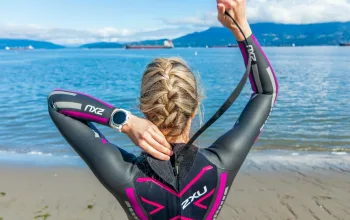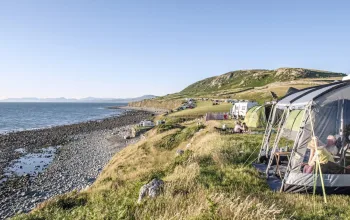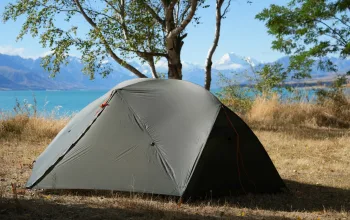1 Make a list
Make a list and you’ll neither forget an essential that could ruin your trip, nor carry around something heavy that you don’t need. Build up a list of lists for different durations of trip and activities and you’ll save loads of time. Smartphone apps like Packing Pro for Apple devices and PackMeApp Packing List for Android are handy. Once you’ve got your list, lay all your stuff out on the floor so you can check it off as you put it in your pack.
2 Bottom up!
Most packs are top-loading, which makes the bottom of the bag hard to reach and find stuff. That’s why once-a-day items like your sleeping bag go in first, along with anything you need for sleep, such as long-johns, an air pillow, or inflatable mattress if it packs up nice and tight. Some packs have a separate compartment at the bottom, which can be used instead of a stuff sack.
3 Balancing act
The goal is to create a pack that rests easily on your waist, that can be controlled by your upper body to move where and when you do. This means that the heaviest items in the pack should neither be too low – where they will make the pack feel like it is sagging, nor too high where they will make the pack feel ‘tippy’ and risk unbalancing you. Put things like a stove, food, water and cooking fuel in the centre of the pack closest to your spine, upright with the tops firmly on!
4 Pack and pad
For comfort and stability you don’t want your pack moving around on you or stuff moving around in it. Insulation layers and rain jackets can make great packing padding to stop these heavy items shifting around. Use compression straps inside and out to hold your gear in place too. To the same end fill all available voids to make the load more compact and stable – cooking pots, mugs and shoes are classic voids that can be filled. Light, bulky or awkward water-proof things like sleeping mats and walking poles can be strapped to the outside.
5 Easy access
Leave the top of your bag and any peripheral pockets for gear that you need constant or quick access to. This includes things like your GPS, maps, sunscreen, bug repellent, first-aid kit, head torch, sunglasses, snacks, rain gear (including a rain cover for the pack itself) and loo paper. If you’re hyper organised you can compartmentalise your gear without actual compartments by using stuff sacks and bags like those from Eagle Creek’s Pack-It range.


